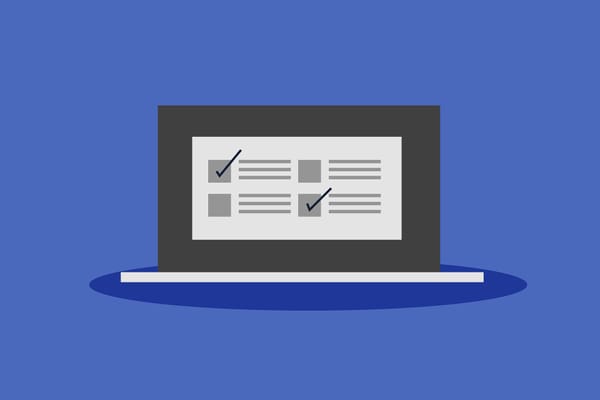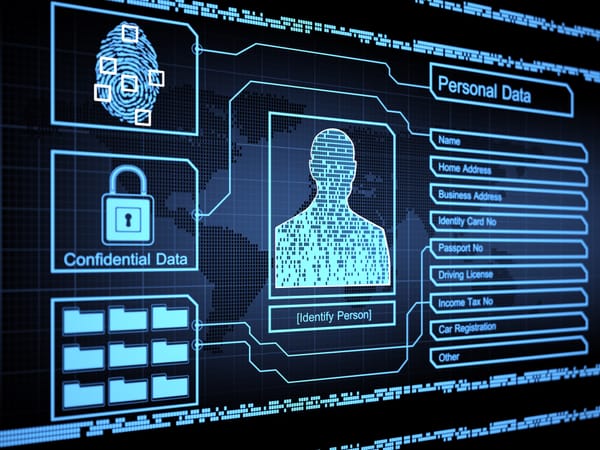Have you fallen victim to a data breach? Follow these six steps to protect against possible side effects

Data breaches occur daily, and despite increased emphasis on data security, threat actors constantly find new ways to bypass protection or trick users to steal sensitive data.
However, a data breach can also happen via accidental loss or an innocent mistake by an individual who unwittingly exposes sensitive data.
A data breach can often expose sensitive, confidential or more common records such as email addresses and passwords to an unauthorized individual who can view, share and profit off any compromised information. Whether through a social engineering attack, malicious software or vulnerability, everyone is at risk of a data breach — from regular users to large enterprises and governments.
The most frequent effects include financial loss, reputational damage,and hundreds of hours dealing with potential legal and financial issues.
Check what information was exposed
Your initial step in responding to a data breach is to figure out what information was exposed.
In some cases, companies will notify you that your information was exposed in a data breach. If you receive a notification regarding a data breach, take time to go through the data breach details and pay close attention to the date of the compromise and the information involved. It's also recommended to go to the company's website or call them to confirm the breach as cybercriminals may also pose as the breached company in an attempt to gather more information.
You should also keep in mind that organizations or businesses may not be aware of any security breach or data leak yet. Consequently, the institution or company may not notify you in a timely manner.
You can check if your information was exposed in a data breach with the Bitdefender Digital Identity Protection tool.
Change your password and enable 2FA
In the aftermath of a data breach, threat actors may attempt to log in to your account using the exposed email address and password or any other accounts that share the same login information. To keep control of your accounts and protect your personal information, immediately reset your password and enable two-factor or multi-factor authentication.
Be ready for incoming spam and phishing attempts
Data breach victims may experience a significant increase in spam emails and phishing attempts via email, text messages and phone calls.
Keep a close eye on unsolicited correspondence and emails that ask for your personal information, passwords, PINs, Social Security numbers, or other sensitive information. Report any fraud attempts to the police, the impersonated organization and email your provider.
Digital spring cleaning for unused accounts
You may have a lot of online accounts you no longer use. Even if these accounts have not been exposed yet, you should get rid of any digital account for defunct or unused platforms as they increase your risk of misuse and compromise.
Check your inbox history for any account information or look up any saved logins in your browser to get a better idea about online accounts you may have forgotten about during the years.
Keep an eye on your financial accounts
If a data breach involves financial information such credit card numbers or bank account information, immediately alert your bank to possible fraud and monitor your bank statements for any unfamiliar charges.
Your bank will usually cancel the compromised credit card and issue a new one. Even so, it would help to place a fraud alert on your credit or freeze your credit to make sure fraudsters don't open new accounts or take out loans in your name.
If you do a lot of online shopping, consider using a virtual card provider when making your online purchases.
Adopt good cyber habits
Whether or not you have fallen victim to a data breach, you should strive to keep your personal data as secure as possible and limit the information your share on social media platforms.
Be wary of individuals who contact you online and ask for sensitive info or send you links or attachments regarding financial opportunities or special offers.
Keep all of your devices up to date and consider installing a security solution to fend off malware attacks and fraud attempts while browsing.
With Bitdefender Digital Identity Protection you can take control and minimize your digital footprint by continuously monitoring for data breaches and social media impersonators that could ruin your reputation. Digital footprint monitoring only uses the information provided in the onboarding process (email address and phone number). The dedicated tool helps find your private information online in legal and illegal collections of data. Stay on top of new breaches and privacy threats with instant alert and monitoring to make more privacy and security-focused choices online.
tags
Author
Alina is a history buff passionate about cybersecurity and anything sci-fi, advocating Bitdefender technologies and solutions. She spends most of her time between her two feline friends and traveling.
View all postsRight now Top posts
How to Protect Your WhatsApp from Hackers and Scammers – 8 Key Settings and Best Practices
April 03, 2025
Outpacing Cyberthreats: Bitdefender Together with Scuderia Ferrari HP in 2025
March 12, 2025
Streamjacking Scams On YouTube Leverage CS2 Pro Player Championships to Defraud Gamers
February 20, 2025
How to Identify and Protect Yourself from Gaming Laptop Scams
February 11, 2025
FOLLOW US ON SOCIAL MEDIA
You might also like
Bookmarks







